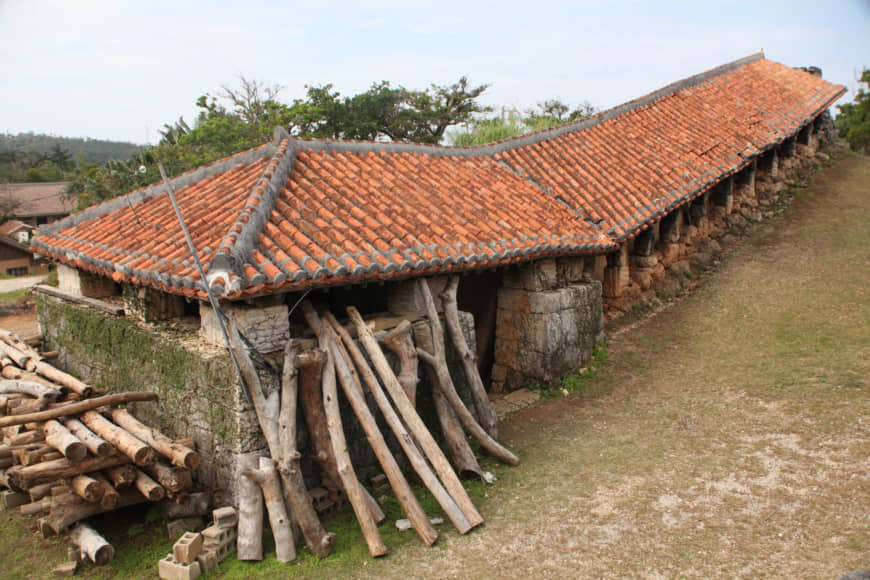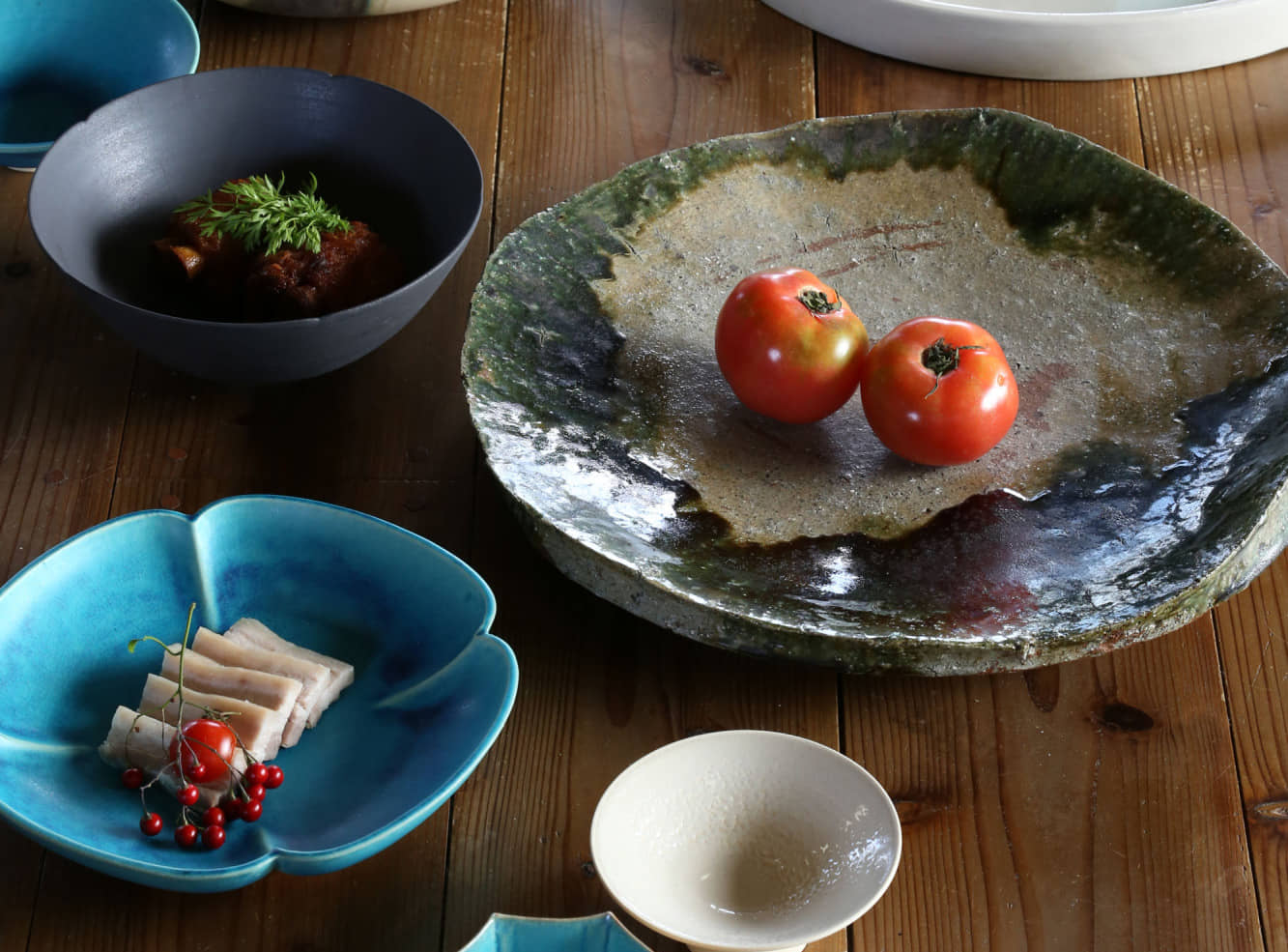In the late 17th century, the government of the Ryukyu Kingdom centralized Okinawa's pottery industry in the Tsuboya district of Naha. Most potters here now are located along a street called Yachimun, which means "pottery." The mainstream of Okinawan pottery is Tsuboya ware, the majority of which has a rustic, warm, folk-art style. The works that come from the kōbō, or studio, of Jissei Omine are, by comparison, radically different in color, thickness and design. Many pieces are blue or white, thin rather than thick, and modern and artistic in design, clearly distinct from what is generally known as "Okinawan style."
A leading figure in Okinawan ceramics circles, Omine radiates an aura of invincible vitality and pluck that defies his 80-plus years. His large frame, carrying voice and candid manner of speech seem a perfect match for the dynamic quality of his works.




















With your current subscription plan you can comment on stories. However, before writing your first comment, please create a display name in the Profile section of your subscriber account page.